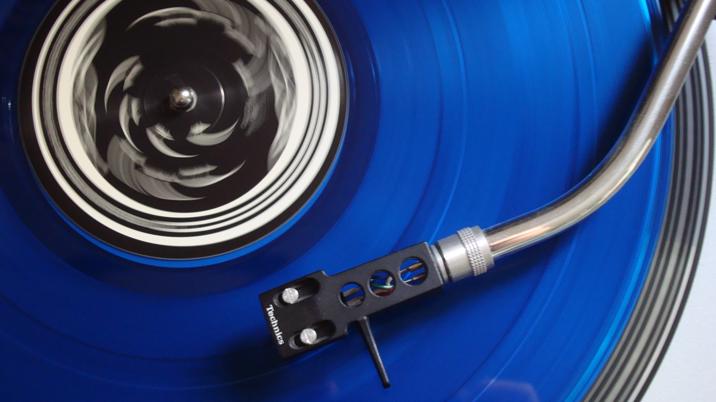
Music first embraced the digital revolution in the shape of CDs, not least because record labels could at first charge a premium for the new format and they could set about selling their back catalogues to fans all over again. Then came MP3s and the digital download revolution, which the labels fought against tooth and nail to try to keep their royalties – reminiscent of the ‘home taping is killing music’ campaign but turned up to 11. But digital music was just too convenient and cost-effective to resist. Labels and their artists had to just get used to it and find other ways to make money, from live gigs to vinyl pressings.
The online publishing revolution has been surprisingly slow in comparison and thankfully not quite so ‘cliff edge’. Digital has made its mark in some areas of publishing more dramatically than others. It turns out the format of the paper newspaper never had that much love. It was the news that was printed there that mattered and that could just as easily be done faster, livelier and cheaper on a screen. Paper magazines have proved more resilient – albeit in readerships and subscriptions more than advertising support. Unsurprisingly, some purely functional periodicals have gone online only but paper magazines cling on.
Vinyl was long thought dead, gone the same way as shellac, cassettes or 8-tracks. But it refuses to die. The expectation among the public, though not necessarily the insiders, was that printed books and magazines would go the same way. In focus groups, we always found people saying that they expected paper publications to all go digital in time. They weren’t too happy about it but they seemed resigned to it, almost apologetically as if their preferences showed their age. Yet personally, they would rather keep the paper product.
Print refuses to roll over. Why? This was the subject of a recent BSME meeting, where both traditional magazines and digital only publications discussed ‘Do magazines need paper?’ The pureplay digital editors were living proof that they don’t but there were some interesting ideas too on what made paper so resilient. There are parallels with the vinyl revival.
- They are both nice to buy and hold. They feel good, they look good.
- Print is the window on the product. The showcase. When Graham Norton talks about his guest musical artist’s latest release, he holds up the vinyl LP, not the CD. Some pureplay digital platforms are bringing out printed magazines.
- They both appeal to the older generation. Men who were too old for the lads-mag thing may have passed them by but generally the baby-boomers like the printed magazines and records they grew up with.
- They both appeal to a younger generation too, especially hipsters who go for all things analogue and ‘real’, everything from fixed-wheel bikes to film cameras.
- They are the deluxe versions of the brand, priced accordingly and becoming more so. The physical, and especially the analogue physical, is becoming the rarer, more sought after thing. Like vinyl records, magazines are getting more luxurious and better produced. Why bother with a cheap magazine these days when you can publish instantly online or in app? The prices are going up, the paper is heavier, the runs are more limited and the special issue more special than ever before.
- They both make good Christmas presents. It’s hard to gift a download.
- The shops have become experiences, with coffee, beer and instore performances. Rough Trade Records and Mag Culture are the future. Remember Our Price, Virgin Megastores and Tower? The pile ’em highs have all closed. Maybe the newsagent will go the same way.
- They are also enjoying both – analogue buyers are not digital refuseniks. Vinyl comes with digital downloads. Readers expect to find what’s in the magazine in all the digital channels as well.
- The mainstream is digital. It’s more convenient and it’s cheaper. It’s the everyday.
- The physical product, be it music or magazines, has way more style.
We mustn’t forget that however special the physical product feels, most people are sticking with the digital – certainly in music and increasingly in news. But those who splash out on the physical product are making more of a commitment and more of a statement than ever before – simply because the cheaper option is there but they are forking out more because they want to. They are the superfans who love you the most. Vinyl is here to stay. So are magazines.
What does this mean? Don’t neglect the print product. Invest to make it cooler, smarter and more luxurious. And if magazines really are going the same way as vinyl records, start buying up those old classic vintage copies of obscure, cult magazines now.
The physical product, be it music or magazines, has way more style.
This article was first published in InPublishing magazine. If you would like to be added to the free mailing list, please register here.










